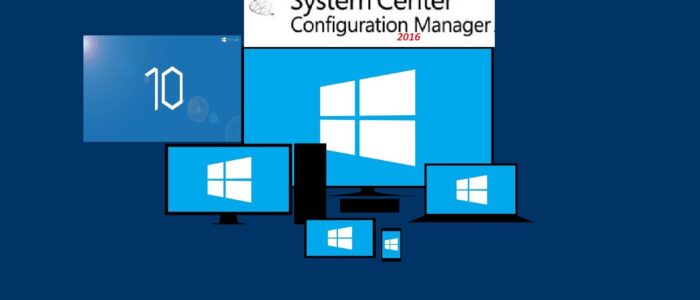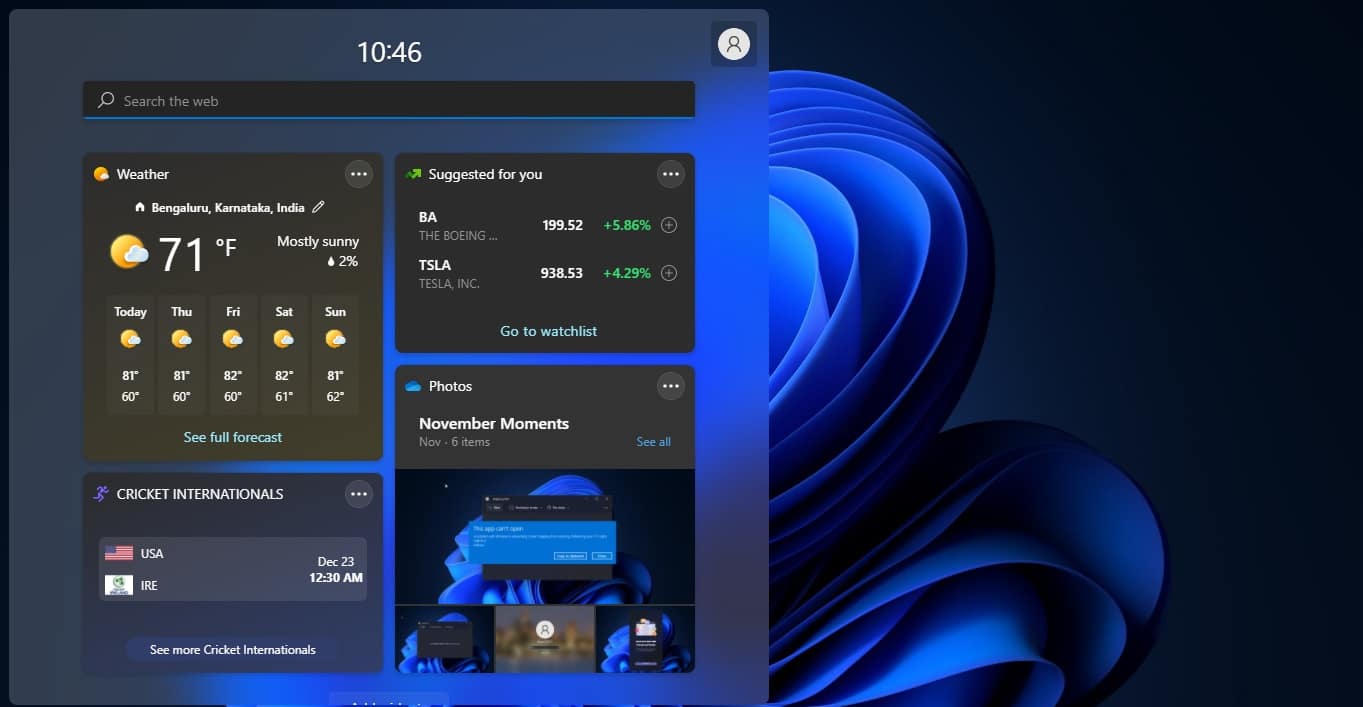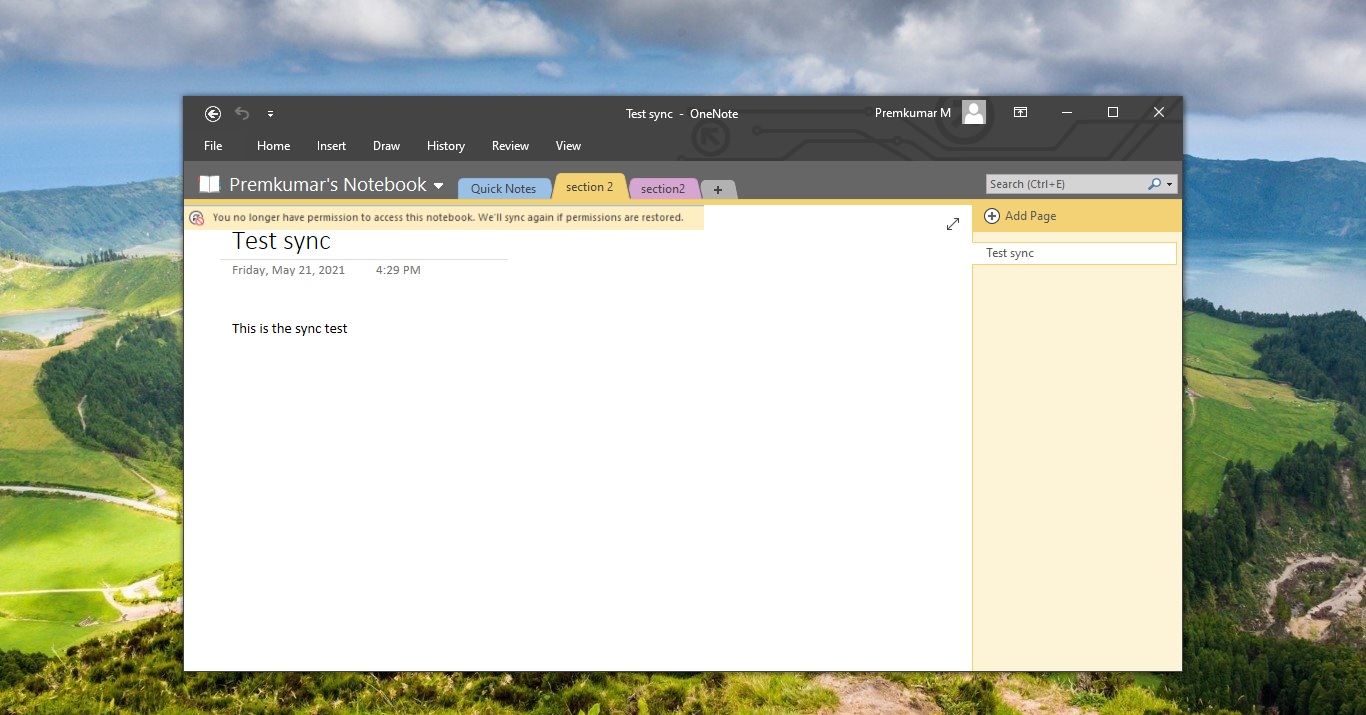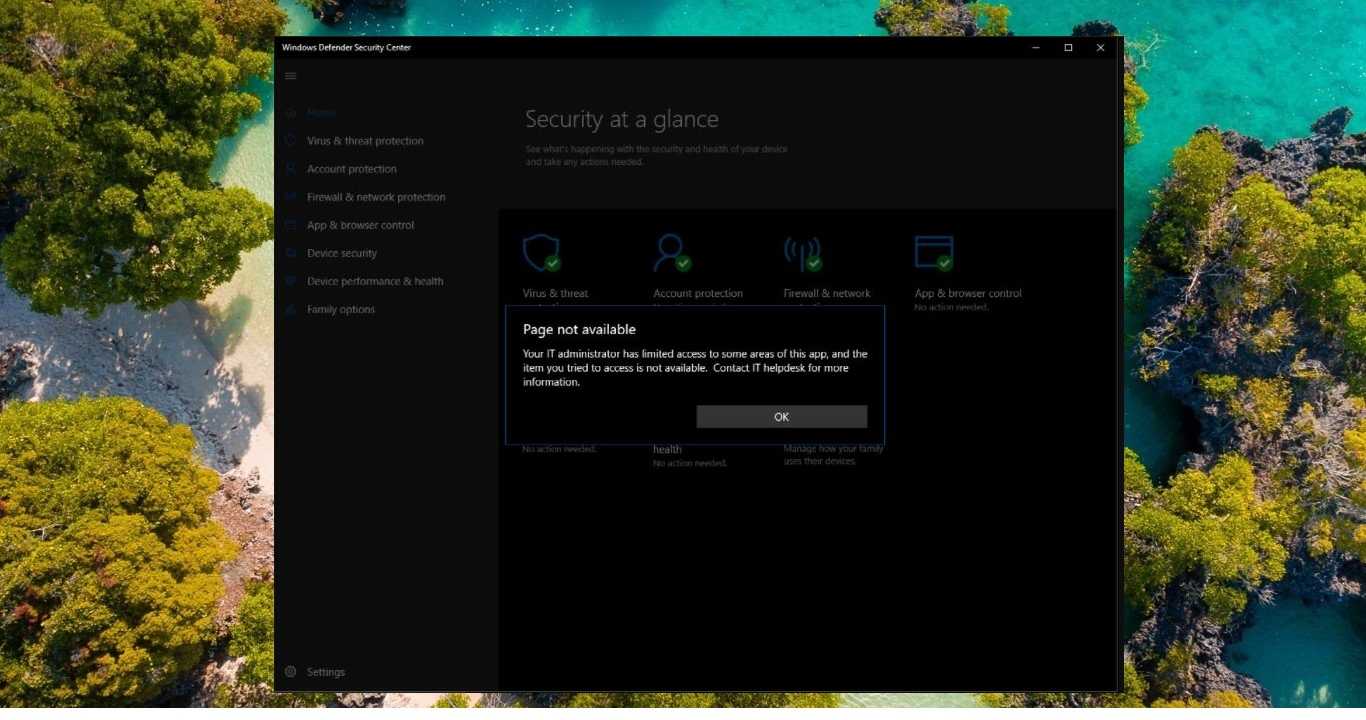Short for System Center Configuration Manager, SCCM is a software management suite provided by Microsoft that allows users to manage a large number of Windows-based computers. SCCM features a remote control, patch management, operating system deployment, network protection, and other various services. Users of SCCM can integrate with Microsoft InTune, allowing them to manage computers connected to a business, or corporate, network. SCCM allows users to manage computers running Windows or macOS, servers using Linux or Unix, and even mobile devices running Windows, iOS, and Android operating systems. SCCM is available from Microsoft and can be used on a limited-time trial basis. When the trial period expires, a license needs to be purchased to continue using it.
What is the use of SCCM?
- One Client: The ConfigMgr client controlling all installations on a computer, both software updates and application installations. No more “Another installation is already running errors”. When ConfigMgr installs a software update to a c client Software distribution is paused to avoid these situations. When using a standalone WSUS the ConfigMgr client and WSUS client often tries to install software updates at the same time, which results in an error that is a hazard both for the end-user and to the IT department. but I think is one of the most important one.
- Reporting: There are many built-in reports for Software Update Compliance, troubleshooting and details. The reports combined with all the other information ConfigMgr holds about your clients in your environment you can easily create really powerful and customized reports that you need in your environment.
- Unified Management / One console to rule them all: When using Configuration Manager 2012 for Software Updates as well as all other features in Configuration Manager 2012 like Application Management, OSD, Settings Management, inventory and now also Endpoint Protection you will have a single management console for your environment.
- Maintenance Windows: Maintenance Windows can be used to control when changes are allowed to be made to a specific system. This means that you deploy the update once and then based on Maintenance Windows the updates are installed and the servers are rebooted according to the deployment. More information about Maintenance Windows.
- Scheduling: In Configuration Manager 2012 we have much more available options when it comes to scheduling an update and in combination with Maintenance Windows, it is truly powerful.
- One Infrastructure: The actual software update files are downloaded from the local DP and not the WSUS/SUP server. This means that you will not need a separate WSUS infrastructure and the updates are downloaded from the DP which minimizes the WAN impact for remote sites.
- Automatic deployment rules: This isn’t really a benefit compared to WSUS, but as it is a new feature of Configuration Manager 2012 I will still add it to the list. It is possible to automatically approve updates, download them and distribute them to the DP’s automatically, just as you would in WSUS. More Information
- System Center Updates Publisher: You can use System Center Updates Publisher to both download vendors’ catalog’s with updates like Adobe, HP, and Dell and to publish your own updates into the WSUS DB and deploy them as updates in Configuration Manager 2012. More Information
- OS deployment integration: A built-in task is available and can be used to deploy software updates from Configuration Manager during the OS deployment in the Task Sequence.
- End-user experience: The software center is used for all end-user interactions, and dialogs shown to the user all have the same look, making it easier for the end user to understand what is happening.
- Targeting: Using query-based collections we get really powerful options for targeting. We can dynamically create a collection based on any value that exists in the database, for instance, divide all clients based on the last number in the computer name, and deploy software updates to computers with odd computers on one day and all with even numbers the day after. Spreading the load and the risk automatically.
- Offline Servicing of Images: If you use ConfigMgr 2012 for managing your Software Updates you can use the built-in feature to do offline servicing on your OS Images, which means that you can install OS-related Software Updates in the image without rebuilding the image. This will reduce the number of times you have to rebuild the image. More information.
How SCCM Works?
Packages are created in the SCCM console which contains the executable files and the command lines for the application to be installed. These packages are then replicated on “Distribution Points”. Distribution points are nothing but sort of File Servers that are used to store the content of the packages for a particular region. Therefore, if a bunch of machines are remotely located then they can locally download the application from a Distribution point, rather than connecting all the way to the SCCM Primary Server. All the machines in an SCCM environment will have an SCCM Client agent installed on them, which essentially helps a machine to be able to communicate with the SCCM Servers. Therefore a deployment is created by the SCCM admin where an application is targeted on a bunch of machines. With the help of the SCCM client agent installed on the end-user machine, it keeps checking for new policies or deployments. Once the policy has reached the end machine, it will be evaluated and it will reach out to its respective regional Distribution Point for downloading the Content of the package. Once the executable files are downloaded in a temp folder (C:\Windows\ccmcache) they are installed locally and the status for the same is sent back to the SCCM server to be updated in the database. This is a very brief set of steps and there are a lot of other things involved in the background. Also not every infrastructure is the same so for some of them, there can be a lot of additional steps to be taken. But the core components used in Software Distribution (Packages/Applications, Programs, Distribution Points, Client Machine) will remain the same. For More Information Download the eBook from Here.






Boost your career with SCCM / MECM skills and implement it yourself step by step Microsoft Azure Cloud Datacenter
https://www.udemy.com/course/microsoft-sccm-training/?referralCode=E77633DB6C9108DF9E9E